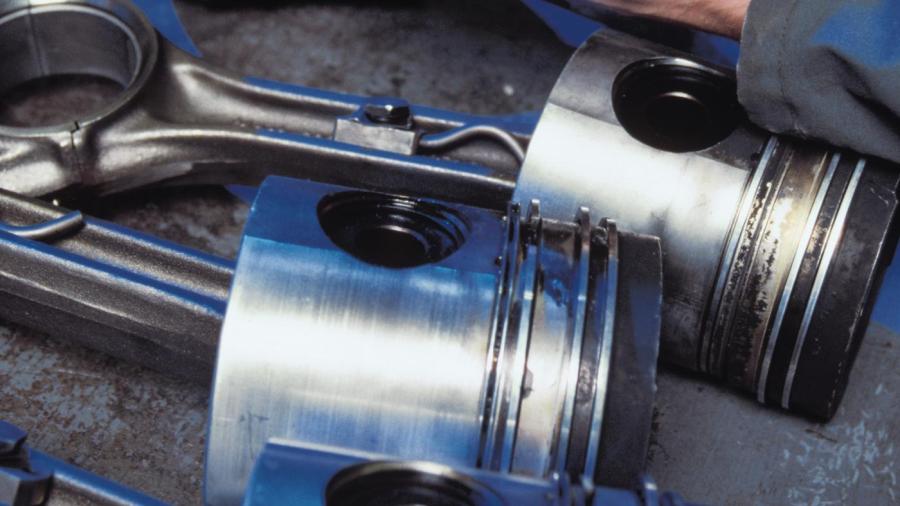What Causes Piston Slap?

Piston slap is the secondary movement of a piston against the side of the cylinder bore, according to Pistonslap.com. This perpendicular moving piston comes into contact with the vertical movement of the cylinder bore, causing the audible noise associated with this phenomenon. All internal combustion engines with pistons and compressors experience a degree of piston slap.
Piston slap occurs when the gap between piston and cylinder is too wide. Through wear and tear, the gap between piston and cylinder becomes wider. The noise associated with piston slap occurs in association with the perpendicular movement of the piston.
According to Dr. Victor Wong of the Massachusetts Institute of Technology, piston slap is one of the most confounding problems of the internal combustion engine. When the piston moves up and down within a cylinder, it moves side to side as well. This movement wastes fuel and causes engine damage as well as the tell-tale banging sound.
MIT researchers have determined through the use of a computer model that more efficient engine designs can reduce the piston slap problem. Through this model, researchers were able to see the path of each piston’s movement within the cylinder, the force that it hits the cylinder wall and how the piston changes after impact.





